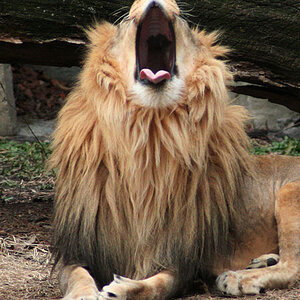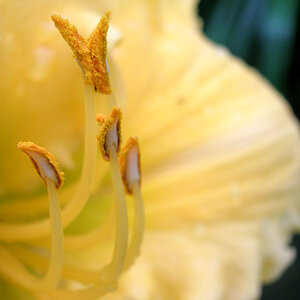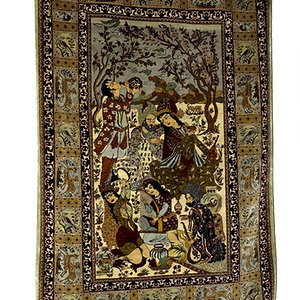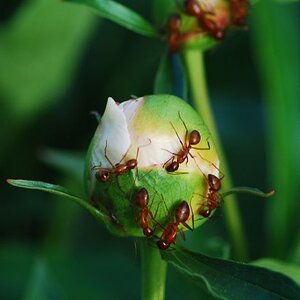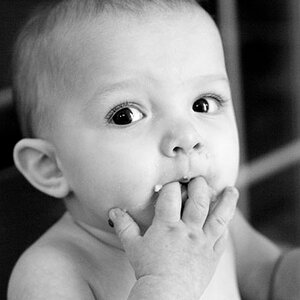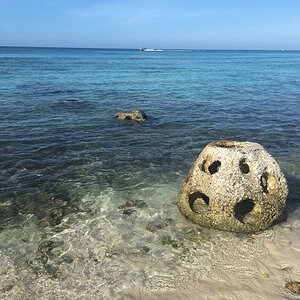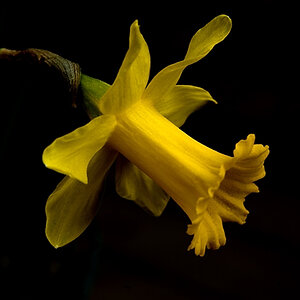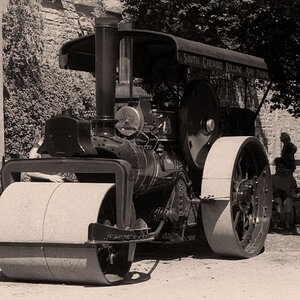kundalini
Been spending a lot of time on here!
- Joined
- Jul 18, 2007
- Messages
- 13,607
- Reaction score
- 1,937
- Location
- State of Confusion
- Can others edit my Photos
- Photos NOT OK to edit
I'll use a grey card for people shots and a few other things, then set my WB in camera to 5000K because more than likely I will be using some form of flash. It's a starting point.
For landscapes I'll usually set the WB to 6500K. I like the warmth unless it's a grey/blue day and I wish to show this.
I don't have a problem with using Auto WB either.
For landscapes I'll usually set the WB to 6500K. I like the warmth unless it's a grey/blue day and I wish to show this.
I don't have a problem with using Auto WB either.


![[No title]](/data/xfmg/thumbnail/34/34079-552f58c1ec0f8485f9c24a5b1db49654.jpg?1619736268)
